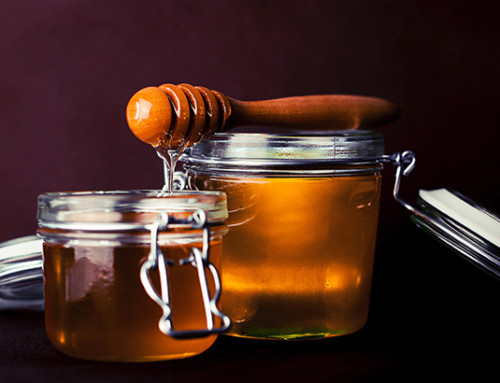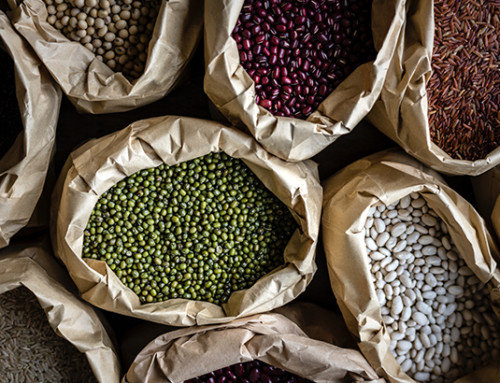With Easter just around the corner, we’re certain you’re going to get a bunch of candy in your baskets. To help you avoid a sugar high or a new cavity, we’re sharing a scientific way to use some of that candy! And of course, you can eat whatever is left.
This is a really easy science experiment for youngsters, and you don’t need many supplies. You’ll need some colored candies, such as M&Ms, Jelly Beans or Skittles. Pick out a few different colors for the experiment. Although you’ll probably have a lot of pastel colored candy this time of year, try to get some darker colors for this experiment as well. The darker colors will have more dramatic results, so try to find some purple Skittles, black Jelly Beans or brown M&Ms.
You’ll also need some of our Chromatography paper (a sheet for each color of candy), small plates (one for each color of candy), and a bowl of warm water.
Let’s get started! First, you may want to read a bit about the science behind chromatography. We posted a more advanced experiment last month, which explains a bit about how chromatography works. Check it out!
Place a piece of Chromatography paper on each plate. Carefully dip a piece of candy into the bowl of warm water and place it in the middle of the paper. Do this for each colored candy you have chosen. Now, just wait a few minutes to see what happens!
The results are likely to be subtle for most of the candies, especially the lighter colors. Are you able to observe any different colors that make up one color in the candy? Are there certain colors that don’t separate into multiple colors? Did you notice that the more dramatic results are with the darker colored candies? Why do you think some dyes dissolved more easily than others? Discuss the results, asking and answering more questions until you have a handle on this.
If you’re feeling comfortable and want to try a more advanced chromatography experiment, try this one we posted last month!







Leave A Comment